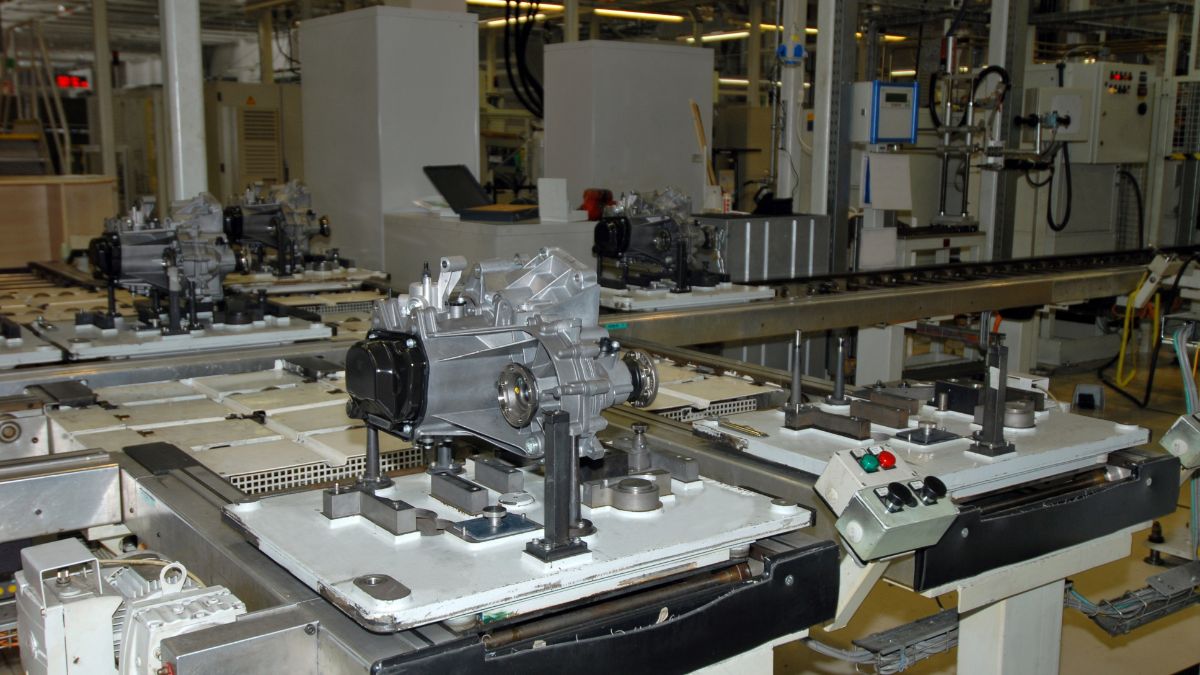Introduction
Let’s face it when it comes to the manufacturing world, industrial gearboxes, both standard and extruder types, are its unsung heroes. Think of them as the drummers in a rock band—often overlooked but crucial to the rhythm. If you’re curious about what differentiates a standard gearbox from an extruder industrial gearbox, you’ve come to the right place. Get ready as we dive into the nuanced details that set standard vs. extruder gearboxes apart in the machinery world.
Why Gearboxes are Important
Think of a gearbox as the brain behind converting engine power into movement or action. It controls speed and torque to ensure that machinery runs efficiently. These gear systems are indispensable in automotive applications or complex industrial machinery.
What is a Standard Industrial Gearbox?
A standard industrial gearbox is a versatile beast. They’re the jack-of-all-trades in the world of gear systems. Standard gearboxes are commonly used in applications that require high speeds and are seen in everything from conveyor belts to wheel drive systems in heavy machinery. They operate by taking power from an input shaft and transferring it to an output shaft, often altering the speed and torque in the process.
Design and Construction
- Helical, spur, or bevel gear design
- Compact and versatile construction
- Available in various sizes and ratios
Applications
- Conveyors and material handling systems
- Mixers and agitators
- Pumps and compressors
- Packaging machinery
Advantages
- Wide range of sizes and ratios are available
- Versatile and adaptable to different applications
- Cost-effective solution for general industrial use
Disadvantages
- Limited torque capacity compared to extruder gearboxes
- Less suitable for high-torque applications
What is an Extruder Industrial Gearbox?
Contrastingly, the extruder industrial gearbox is a specialized piece of equipment. You’ll primarily find these gearboxes in plastic extruders, twin screw extruders, and single screw extruder machines, where they handle specific industrial tasks. Unlike standard gearboxes, they cope with the high axial forces that screw extruders exert. If the standard gearbox is the Swiss army knife, the extruder industrial gearbox is the specialized surgeon’s scalpel.
Design and Construction
- Specifically designed for extrusion applications
- Heavy-duty construction to withstand high torque
- Specialized gear design for efficient plastic extrusion
Applications
- Plastic extrusion machines
- Rubber processing equipment
- Food processing machinery
Advantages
- High torque capacity for demanding extrusion applications
- Enhanced heat dissipation for prolonged operation
- Precise control over output speed and torque
Disadvantages
- Limited versatility compared to standard gearboxes
- Higher cost due to specialized design and construction
Key Features of Standard Industrial Gearbox
Your typical standard industrial gearbox is built from robust materials that can endure various industrial settings. They often offer a range of gear ratios catering to various applications. The size and footprint of a standard gearbox are usually compact enough for easy integration into existing setups.
Key Features of Extruder Industrial Gearbox
Extruder industrial gearboxes are built for high performance. They use thrust bearings to handle the axial loads generated by the extruder machine. We customize gearboxes to drive extruder screws with efficiency, using specialized manufacturing techniques to ensure durability and longevity.
Main Differences Between Standard and Extruder Industrial Gearboxes
When we pit standard vs. extruder industrial gearbox, the distinctions become quite clear. A standard gearbox is usually designed for high-speed applications but may struggle with extremely high axial loads. On the flip side, an extruder industrial gearbox is explicitly engineered to handle these stresses.
Moreover, while gearbox repair services can usually handle standard and extruder gearbox repair, the latter often requires a more specialized skill set due to its unique design features.
When Repairs are Needed
If your extruder industrial gearbox starts to show signs of wear or failure, it’s essential to know where to turn. That’s where Extruder Gearbox Repair comes in. We are your one-stop shop for all repair and remanufacturing needs, specializing in all gearboxes, not just extruders. Our expertise ensures that your machinery will be up and running quickly, minimizing downtime and maximizing productivity.
Considerations for Choosing Between the Two
Choosing between a standard and extruder industrial gearbox depends on your specific needs. If you’re in an industry that uses plastic extruders or twin screw extruders, you’ll likely benefit from an extruder industrial gearbox’s specialized features. But if you’re looking for something versatile, perhaps a standard industrial gearbox would be more up your alley.
And remember, if you ever need repairs, our team at Extruder Gearbox Repair provides comprehensive services to restore your gearbox—whether standard or extruder type—to optimal performance.
Conclusion
Standard and extruder industrial gearboxes serve distinct roles in various industries. Whether you opt for one over the other will depend on your specific industrial application and axial load requirements. And when it comes to repairs, specialized services like Extruder Gearbox Repair can be a lifesaver.
Now that you’re armed with this knowledge, may your gearboxes run as smoothly as a well-oiled machine. Happy gearing!



